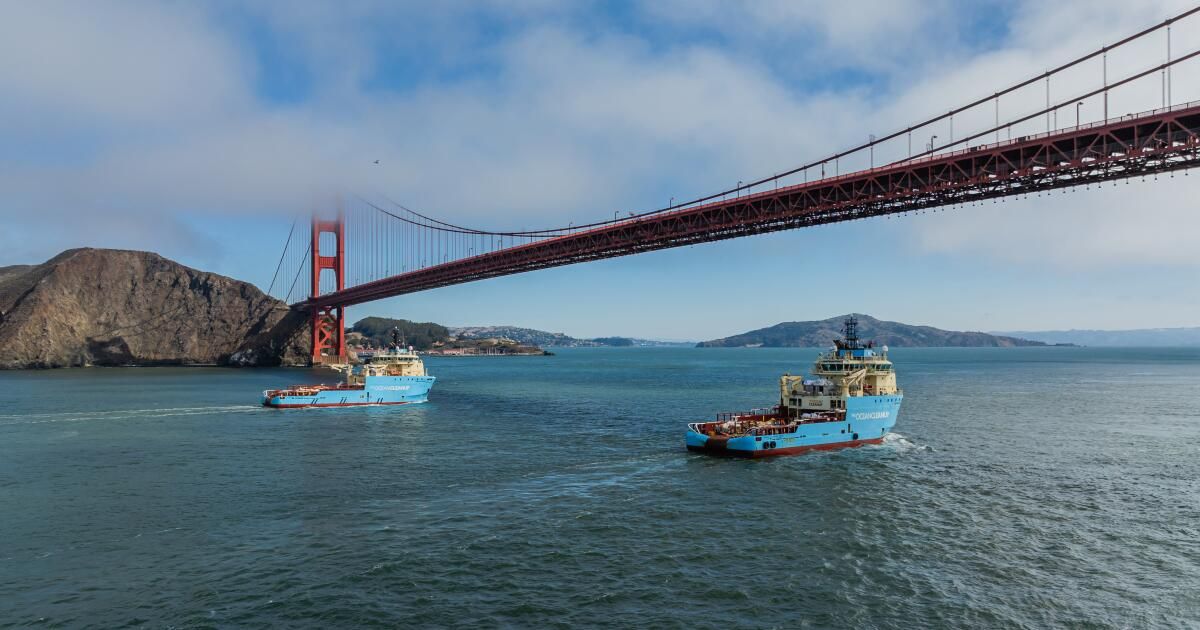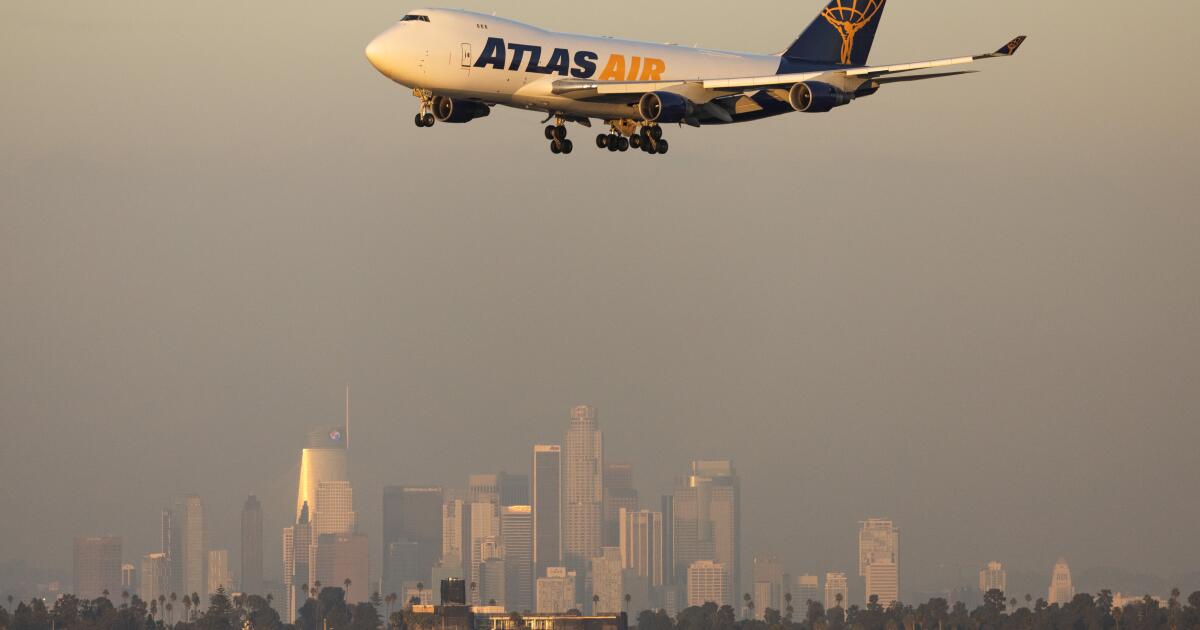After three years of extracting plastic waste from the infamous Great Pacific Garbage Patch, a nonprofit environmental organization says it can finish the job within a decade, at a cost of several billion dollars.
The mass of approximately 79,000 metric tons of plastic floating in the Pacific Ocean between California and Hawaii — twice the size of Texas — is growing at an exponential rate, according to researchers.
According to the Netherlands-based Ocean Cleanup in a press release, at current levels the cleanup would take a decade and cost $7.5 billion, announcing the group's intention to completely remove the garbage patch. However, computer models suggest a more aggressive approach could complete the job in as little as five years and cost $4 billion.
Clean-up ships deploy huge U-shaped floating barriers to channel trash toward a focal point where it can then be loaded aboard and taken to shore.
Friday's announcement marked the group's first estimate of the timing and cost of the massive cleanup project.
In its three years at sea, Ocean Cleanup ships have removed more than one million tonnes of rubbish, representing 0.5% of the total accumulation.
“We have shown the world that the impossible is now possible. The only thing left is who will ensure that this work gets done,” said Boyan Slat, founder and CEO of Ocean Cleanup.
(Courtesy of The Ocean Cleanup)
“We have shown the world that the impossible is now possible. The only thing left is who will ensure that this work gets done,” said Boyan Slat, founder and CEO of Ocean Cleanup.
Plastic waste costs the global economy “$2.5 trillion a year in damage to economies, industries and the environment,” the group said.
In addition to removing trash from garbage areas, Ocean Cleanup has deployed trash interceptors in waste-filled drains into the world's oceans, including one in Marina del Rey.
That device prevented about 77 tons of trash from entering the Pacific through Ballona Creek during its first rainy season last year.












